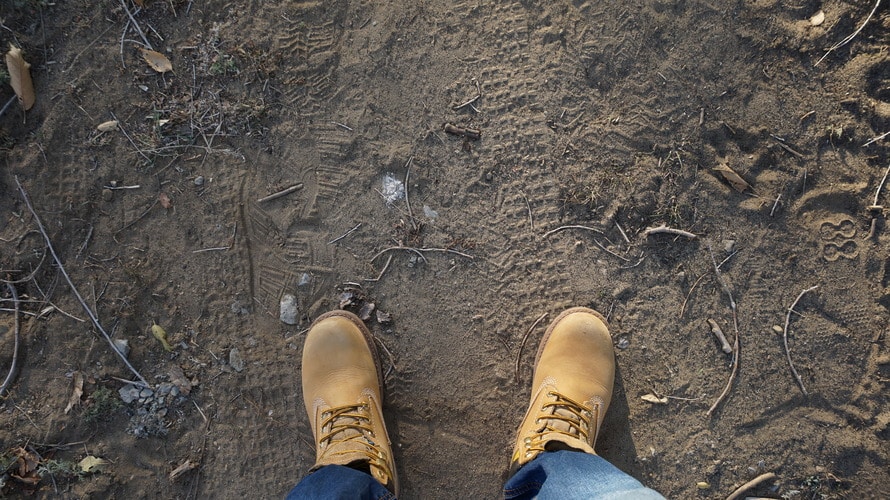Some information provided by lymedisease.org
Supported by the Lyme Disease Foundation, Lyme Disease Awareness Month (May) is a campaign which promotes preventative measures which can be taken against Lyme disease. Lyme disease (LD) is a bacterial infection caused by the spirochete Borrelia burgdoferi (Bb). These spirochetes, a flexible spirally twisted bacterium, are maintained in nature in the bodies of wild animals and are transmitted from one animal to another through the bite of an infective tick. Humans and pets are incidental hosts to ticks. The body does not maintain a natural immunity to the disease. Therefore, a person can be reinfected with the disease on subsequent tick bites.
Where Is Lyme Disease Found?
Lyme disease has been found on every continent except Antarctica. It is found all across the United States, with a particularly high incidence in the East, Midwest, and West Coast. Rates have increased significantly over time. Some of this increase may be because of disease spread, but it is also likely that it reflects growing public awareness of the disease.
What Does Lyme Disease Do?
Chronic Lyme infections are known to suppress the immune system. The Lyme spirochete can affect all major cell types of the immune system, but it most clearly can impact a specific subset of the natural killer cells. This is called the CD-57 subset. Just as in HIV infection, which suppresses T-cell counts, Lyme suppresses Natural killer cell count such as CD-57. As in HIV infection, where abnormally low T-cell counts are routinely used as a marker of how active the infection is, in Lyme we can use the CD-57 count to indicate how active the Lyme infection is. When Lyme is active, the CD-57 count is suppressed. We currently are having our tests run by LabCorp because published research on this test was based on their methods. At this lab, the expected range for the CD-57 count is above 60. However, in the chronic Lyme patient, CD-57 counts are usually well below 60 and may be at risk with levels of 60-100. This test can be run at the start of therapy, then every several months to document the effectiveness of treatment. One hopes to see a stable number or a rising trend over time. When antibiotic therapy is finally at an end, if the CD-57 count is not above 60, then a Lyme relapse is more likely to occur.
What Are The Symptoms?
There are two types of symptoms of Lyme Disease: first and late symptoms. First symptoms are usually flu-like and include fatigue, tiredness, joint and muscle pain, and also a characteristic rash. Late symptoms can take much longer to develop: weeks, months or even years. Late symptoms may include fatigue, mental health issues, and even arthritis.
Most people with Lyme disease recover completely with appropriate antibiotic treatment. For those who develop syndromes after their infection is treated, pain medications may provide symptomatic relief. Contact us for more information on Lyme disease or to schedule an appointment.


